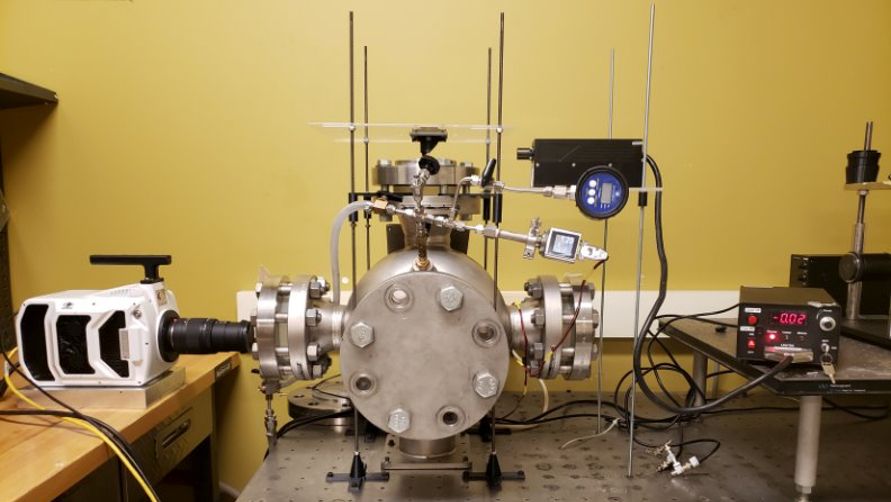
Astronauts could mix moon dust with old satellites to make fuel (Image Credit: Space.com)
Soil sourced directly from the lunar surface could help astronauts establish and sustain a permanent presence on the moon.
Transporting materials from Earth to create a lunar infrastructure will be a costly and time consuming endeavor. So, instead, researchers from the University of Waterloo’s Laboratory for Emerging Energy Research (LEER) suggest lunar regolith — the moon’s top layer of soil and dust — is a locally available resource that can be processed into usable materials to support life, generate energy and build long-term habitats.
“Lunar regolith contains lots of metallic dust embedded with oxygen,” Connor MacRobbie, lead author of the recent study, said in a statement from the university. “Because it already contains oxygen, we can utilize it, without the need for atmospheric oxygen, to produce thermal energy. This is called a thermite reaction, which is useful in space because there is no readily available oxygen.”
Using a simulant regolith with similar properties to true lunar soil, the researchers tested different combinations of fuel and oxidizer compositions to optimize the thermite reaction for various space-based applications, such as heating and manufacturing. Their experiments were conducted in a combustion chamber designed to emulate the lunar environment.
Related: Living on the moon: What it would be like (infographic)
“The results demonstrate the viability of the moon’s topsoil to power lunar development, enabling humans to explore and inhabit the moon’s surface,” John Wen, the director of LEER and co-author of the study, said in the statement. “We’re now continuously working at better extraction of metal and other useful material from the regolith as well as designing automated processes, in collaborations with Canadian and international researchers, to facilitate in-situ resource utilization and support the circular space economy.”
To that end, the researchers have also explored using aluminum from defunct satellites in combination with lunar regolith to create a thermite reaction that would generate heat as well. Recycling satellite material to create a fuel source would not only help build a lunar infrastructure, but also help mitigate the growing issue of space debris, which often ends up in orbit around Earth and the moon.
“Our research is turning science fiction into reality,” MacRobbie said in the statement. “Our goal is to help build the infrastructure and technology that will allow sustainable human settlement on the moon — and beyond.”
The team’s findings are outlined in two separate studies on the utilization and processing of lunar regolith and the use of regolith as a heat source for equipment on the moon, both of which were published in October 2023 by the International Astronautical Federation.








